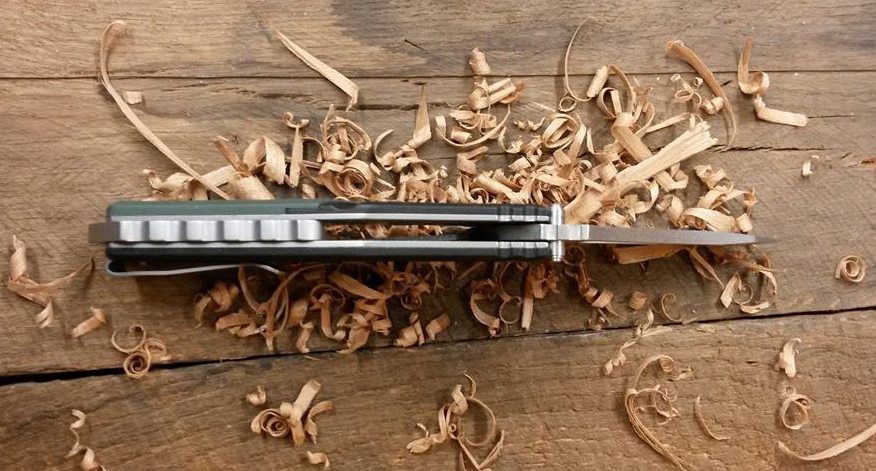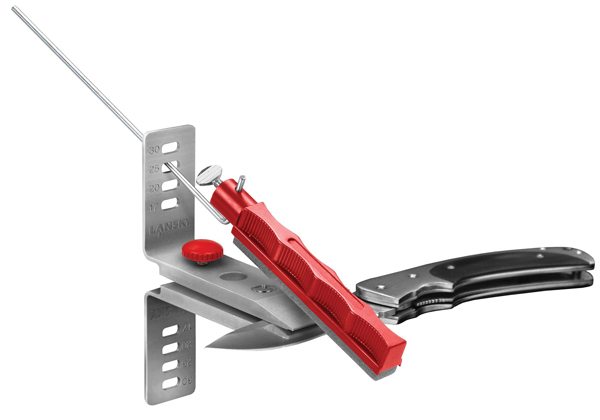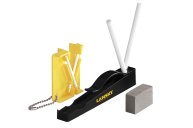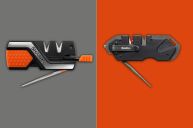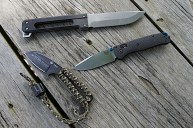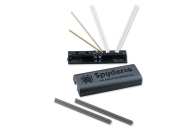Want to thank your knife for all it's done for you?
If you don't sharpen your knives well, you're not just missing the advantages of a sharper (safer!) blade. You're also cheating yourself of a pleasurable and satisfying experience. You see how relaxing it looks in movies? That's not made up. Keeping your knives sharp is good for you in more ways than one!
With help from the experts at Lansky, we've put together the information you need to start properly sharpening your hunting, fishing and outdoor knives, even if you've never done it before.
Angle and Hone Basics
This infographic will guide you through the fundamentals of angle and hone based on the type of knife and what kind of sharpening it needs.
(You can click the image to enlarge).
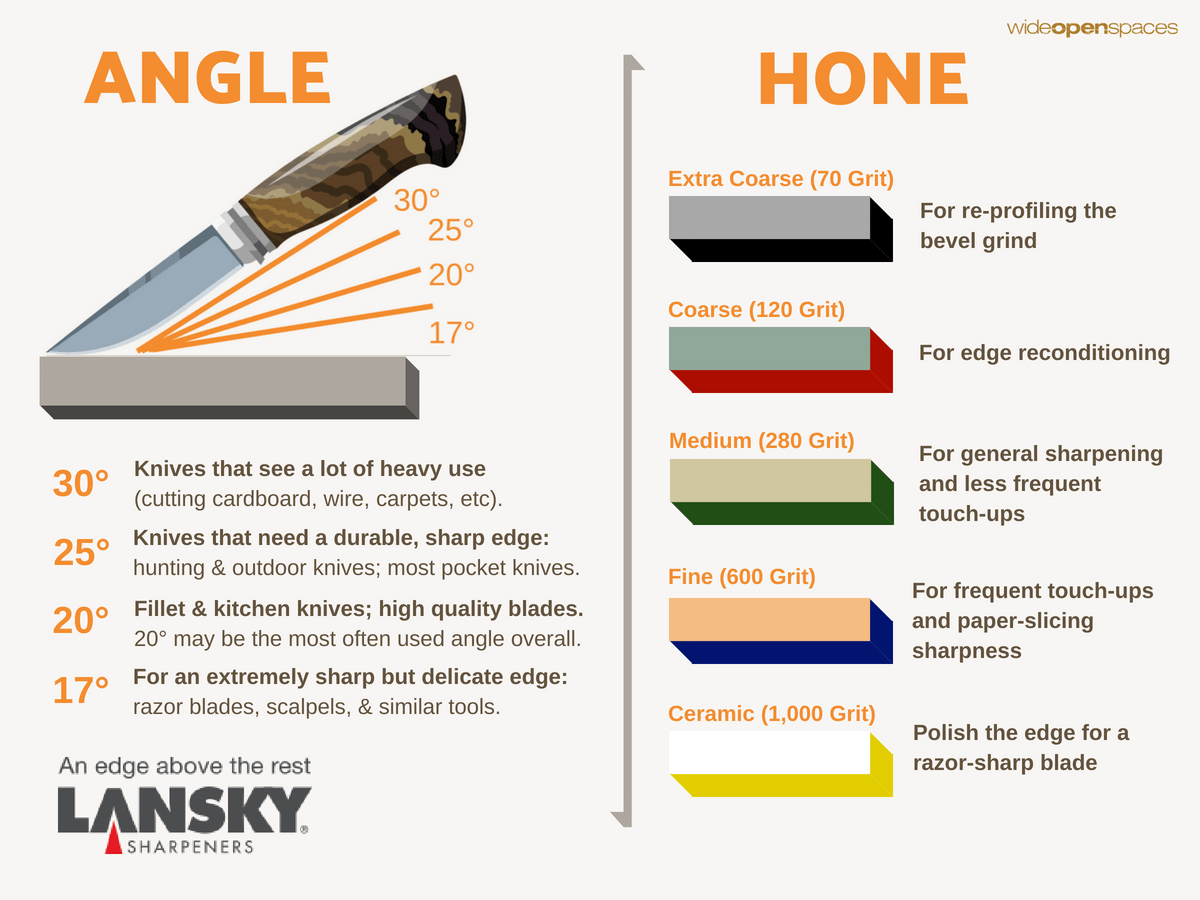
Sharpening process
Especially if you don't have much experience with precision sharpening, make it easy for yourself. Don't set a blade to a whetstone and pray that you're holding it at the right angle - that's how you destroy a perfectly good knife that never did anything to you. Instead, what you want is called a "controlled angle sharpening system." This will make your sharpening process both reliable and enjoyable.
In general, we recommend this Lansky 5-Stone kit. It'll sharpen any knife life throws at you (serrated blades, too). It's an ideal fit for beginners as well as those with plenty of experience.
Here's a short video on how the kit works:
Remember, when you're working on your knives, don't forget to keep your stones lubricated with honing oil to ensure a smooth edge.
Also, in case you couldn't get a clear look from the video, here is what the Lansky setup should look like while you're sharpening:
A Note About Steels
If your knives are important to you (as they should be), it's good to know your knife steel so you know how quickly your knife dulls and what hone you should primarily be using.
Your folding EDC most likely has a hard steel that will benefit from less frequent sharpening at a medium grind. Most hunting and bushcraft knives, on the other hand, have relatively soft steels, which means they should be sharpened frequently with a coarse grind. Many avid hunters find it useful to have a good, $7 portable sharpener in the field.
Remember: dull knives give you less control and cause more severe injuries than sharp ones. Stay safe - stay sharp!
You can learn even more about knife sharpening from Lansky on Facebook, Twitter and Instagram.
